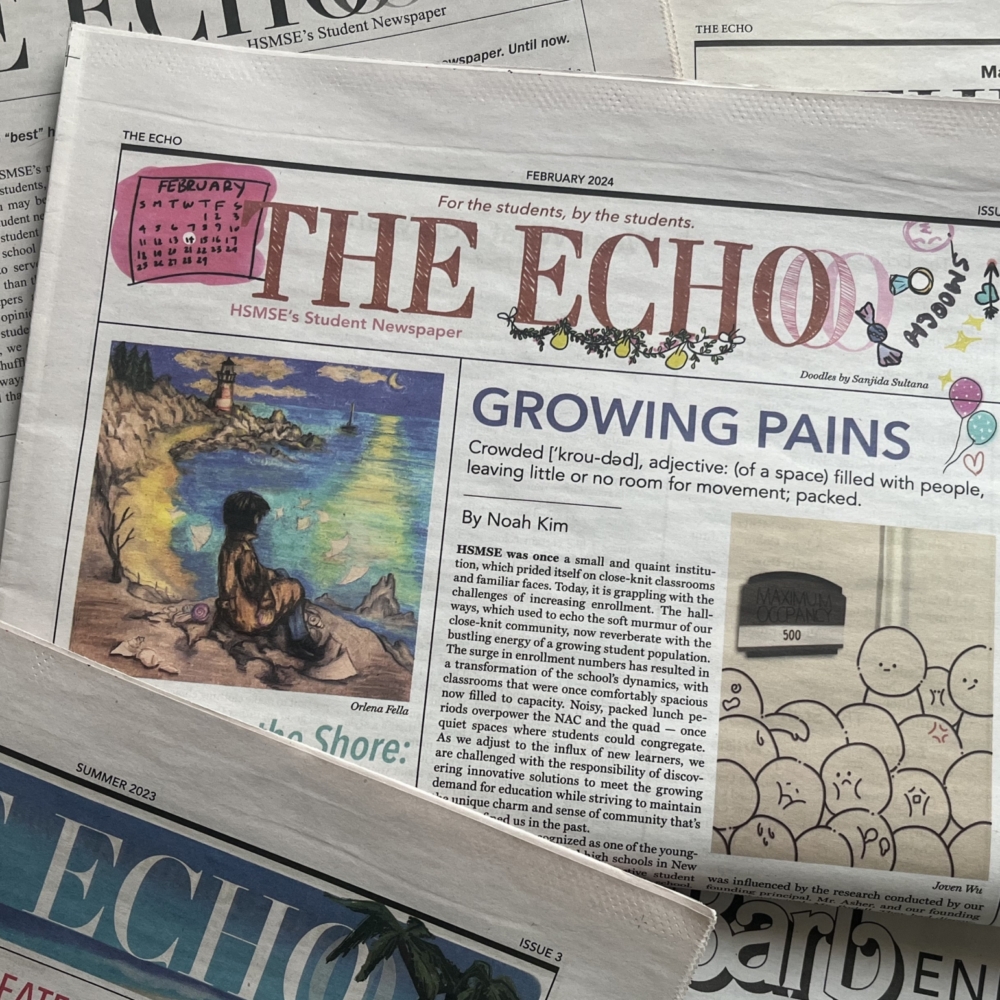Get This Report on News Articles
Examine This Report about News Articles
Table of Contents8 Simple Techniques For News ArticlesNews Articles Fundamentals ExplainedOur News Articles IdeasThe smart Trick of News Articles That Nobody is Talking AboutThe smart Trick of News Articles That Nobody is Talking About
Good expertise of various topics provides students an one-upmanship over their peers. Even though digital and social networks are easily accessible, we need to not fail to remember just how crucial it is to review the papers. Moms and dads should try and inculcate the routine of reading a paper as an everyday regimen to proceed the tradition of the revered print medium.Information stories also consist of at the very least one of the adhering to essential features relative to the designated audience: distance, importance, timeliness, human interest, quirk, or effect.
Within these restrictions, news stories additionally aim to be detailed. Nonetheless, various other variables are entailed, some stylistic and some stemmed from the media type. Among the larger and more reputable newspapers, justness and balance is a significant aspect in offering information. Commentary is usually confined to a separate section, though each paper might have a various total angle.
Newspapers with a global target market, for instance, tend to make use of a much more official design of creating. News Articles.; common style overviews consist of the and the United States Information Design Publication.
4 Easy Facts About News Articles Described
As a regulation, journalists will certainly not make use of a long word when a short one will certainly do. They use subject-verb-object building and construction and vivid, active prose (see Grammar). They offer stories, examples and metaphors, and they hardly ever depend upon generalizations or abstract ideas. News writers try to avoid utilizing the exact same word much more than once in a paragraph (often called an "echo" or "word mirror").
Nonetheless, headlines in some cases leave out the subject (e.g., "Jumps From Watercraft, Catches in Wheel") or verb (e.g., "Cat woman lucky"). A subhead (additionally subhed, sub-headline, subheading, subtitle, deck or dek) can be either a secondary title under the main headline, or the heading of a subsection of the post. It is a heading that comes before the main message, or a group of paragraphs of the major message.

Additional signboards of any of these types may appear later on in the article (specifically on subsequent pages) to tempt additional reading. Such signboards are likewise made use of as guidelines to the post in various other areas of the publication or site, or as advertisements for the item in various other publication or websites. Common anchor framework with title, lead paragraph (summary in vibrant), other paragraphs (information) and contact details.

Example of a hard-lead paragraph NASA is suggesting another space task. The budget plan requests approximately $10 billion for the task.
An "off-lead" is the 2nd most crucial front web page news of the day. To "hide the lead" is to begin the post with background info or information of additional relevance to the visitors, compeling them to read even more deeply right into a short article than they need to have to in order to discover the necessary points.
Rumored Buzz on News Articles
Usual use is that one or more sentences each create their very own paragraph. Reporters generally describe the organization or structure of an information tale as an upside down pyramid. The essential and most interesting elements of a story are put at the beginning, with supporting info complying with in order of lessening relevance.
It permits individuals to discover a subject to just the depth that their interest takes them, and without the imposition of details or subtleties that they can consider irrelevant, but still making that information available to more interested readers. The inverted pyramid framework additionally makes it possible for write-ups to be cut to any type of arbitrary length during visit this site format, to suit the area offered.
Some writers start their tales with the "1-2-3 lead", yet there are several sort of lead offered. This style invariably starts with a "Five Ws" opening up paragraph (as described over), complied with by an indirect quote that serves to sustain a major element of the very first paragraph, and after that a direct quote to sustain the indirect quote. [] A kicker can refer to multiple things: The last story in the information broadcast; a "happy" story to finish the program.
Longer posts, such as magazine cover write-ups and the items that lead the inside areas of a newspaper, are referred to as. Attribute stories vary from straight news in numerous methods. Foremost is the absence of a straight-news lead, many of the time. As opposed to providing the significance of a story in advance, function authors may attempt to draw readers in.
7 Simple Techniques For News Articles
An attribute's first paragraphs frequently relate an interesting moment or event, as in an "anecdotal lead". From the particulars of a person or episode, its view rapidly broadens to abstract principles regarding the story's subject.

The Editor's Toolbox: A Referral Guide for Beginners and Professionals (2001) Allan M. Siegal and William G. Connolly. The New York City Times Manual of Design and Usage: The Authorities Design Guide Made Use Of by the Writers and Editors of the World's The majority of Authoritative Paper (2002) M. L. Stein, Susan Paterno, and R.